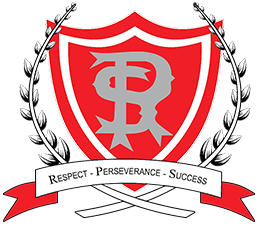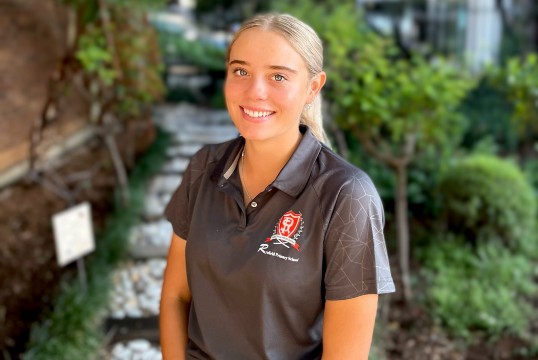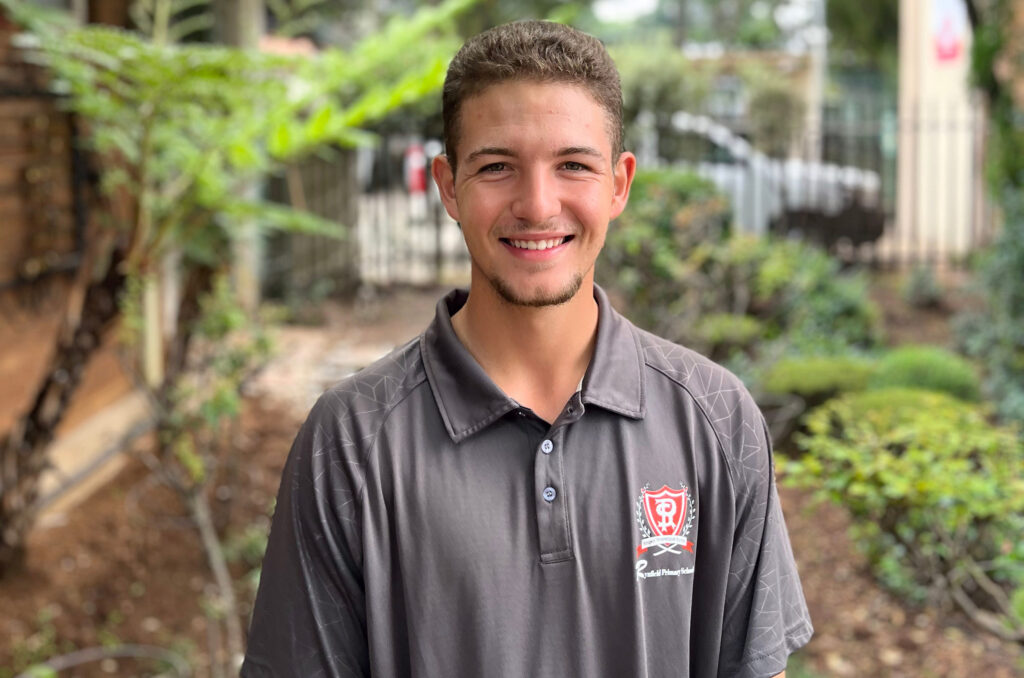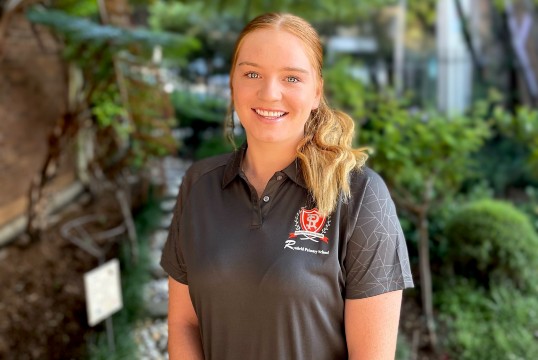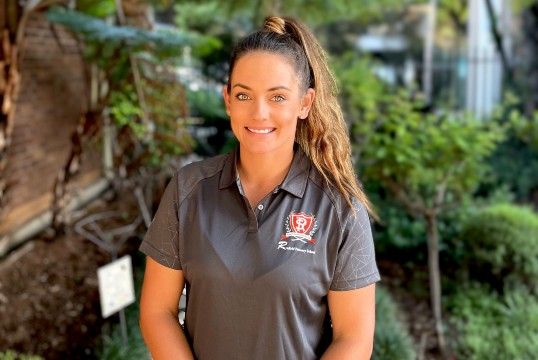The Importance of Movement
The Aim of Physical Education at RPS we aim to develop learners’ physical knowledge and well-being. Not only is it important for us to get learners outside for exercise once a week, we try to emphasise how important it is to continue a healthy lifestyle throughout their lives.
We incorporate elements of movement, learning and fun. Not only do we cover basic training on the sports offered at Rynfield, we also try to develop the learners in a wide range of activities associated with the development of an active and healthy lifestyle.
Phys Ed is part of the Life Skills curriculum which deals with a holistic approach to learning throughout childhood. Included is, Personal and Social Well-being, Physical Education and Creative Arts. As the Phys Ed department we try to encourage practical life skills when it comes to physical activities to assist learners in developing their own physical, personal, emotional and social potential.
Activities that we incorporate into our lessons include fine and gross motor activities, creating and building their own obstacles, co-ordination skills, balance, flexibility and sport knowledge, to name a few. These types of motor skills are essential to develop a learner’s co-ordination, balance and special awareness that is not only important for developing sport skills, but also helps within the classroom.
The Importance of Movement
The Aim of Physical Education at RPS we aim to develop learners’ physical knowledge and well-being. Not only is it important for us to get learners outside for exercise once a week, we try to emphasise how important it is to continue a healthy lifestyle throughout their lives.
We incorporate elements of movement, learning and fun. Not only do we cover basic training on the sports offered at Rynfield, we also try to develop the learners in a wide range of activities associated with the development of an active and healthy lifestyle.
Phys Ed is part of the Life Skills curriculum which deals with a holistic approach to learning throughout childhood. Included is, Personal and Social Well-being, Physical Education and Creative Arts. As the Phys Ed department we try to encourage practical life skills when it comes to physical activities to assist learners in developing their own physical, personal, emotional and social potential.
Activities that we incorporate into our lessons include fine and gross motor activities, creating and building their own obstacles, co-ordination skills, balance, flexibility and sport knowledge, to name a few. These types of motor skills are essential to develop a learner’s co-ordination, balance and special awareness that is not only important for developing sport skills, but also helps within the classroom.
Activities we cover and our Aim
Developing basic skills and techniques, which includes field and track events.
Basic hand eye coordination, understanding the game and learning positions.
Basic hand-eye coordination and understanding of the rules and game play.
Basic ball and stick skills, understanding safety and basic game play.
Basic coordination skills dealing with feet and movement with the ball.
Activities that include hopscotch, balance boards, speed hurdles, speed ladders, rope skipping, animal movements, bean bag catching and throwing, aiming for objects, hopping, jumping and many more. Developing basic skills that help with coordination in everyday life.
Coordination skills for catching throwing, bowling, fielding and batting.
We like to incorporate fun games within our lessons this could be anything from obstacle races too made up games like CrickSoc (combination of T-Ball, Cricket and Soccer). The learners are also given the opportunity to make up their own obstacle courses or games that their classmates would have to complete.
Basic skills in the sport, coordination and basic understanding of game play.
Water safety is our main goal when it comes to swimming. Teaching children to feel safe in the water and respect not only the coach’s rules, but also the water itself. We concentrate on teaching the learners how to get in and out of the water safely, blowing bubbles, floating and jumping.
Activities we cover and our Aim
Developing basic skills and techniques, which includes field and track events.
Basic hand eye coordination, understanding the game and learning positions.
Basic hand-eye coordination and understanding of the rules and game play.
Basic ball and stick skills, understanding safety and basic game play.
Basic coordination skills dealing with feet and movement with the ball.
Activities that include hopscotch, balance boards, speed hurdles, speed ladders, rope skipping, animal movements, bean bag catching and throwing, aiming for objects, hopping, jumping and many more. Developing basic skills that help with coordination in everyday life.
Coordination skills for catching throwing, bowling, fielding and batting.
We like to incorporate fun games within our lessons this could be anything from obstacle races too made up games like CrickSoc (combination of T-Ball, Cricket and Soccer). The learners are also given the opportunity to make up their own obstacle courses or games that their classmates would have to complete.
Basic skills in the sport, coordination and basic understanding of game play.
Water safety is our main goal when it comes to swimming. Teaching children to feel safe in the water and respect not only the coach’s rules, but also the water itself. We concentrate on teaching the learners how to get in and out of the water safely, blowing bubbles, floating and jumping.
Meet The Team
Meet The Team

Kirsten Smit – Head of Sport and Extracurricular Activities

Kirsten Smit – Head of Sport & Extracurricular Activities
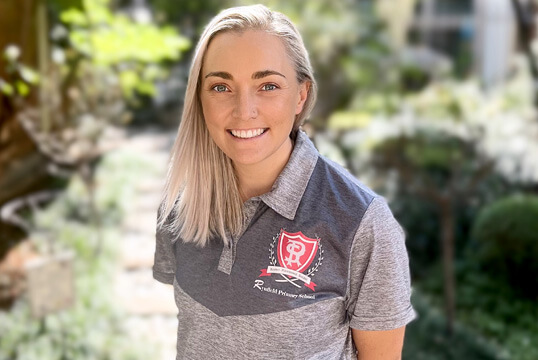
Sheena Verrall – Sports Administrator & Coach
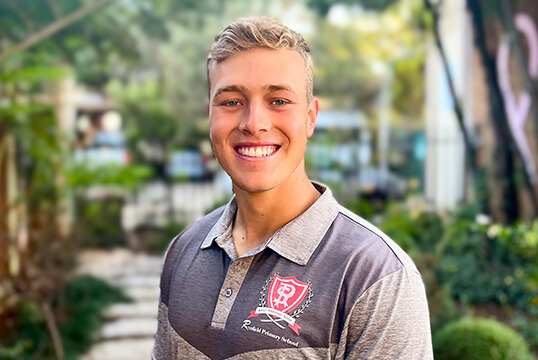
Joshua McCallum – Head of Phys Ed

Sheena Verrall – Sports Administrator & Coach


